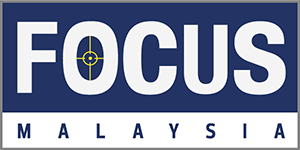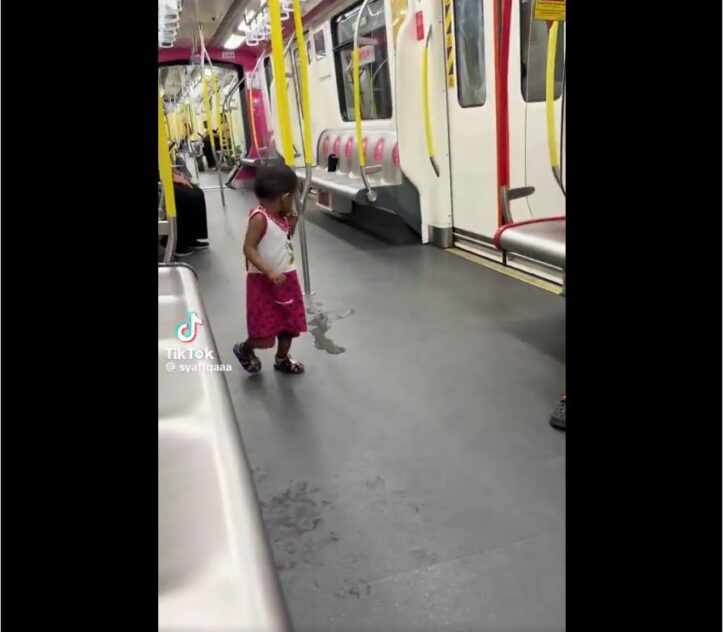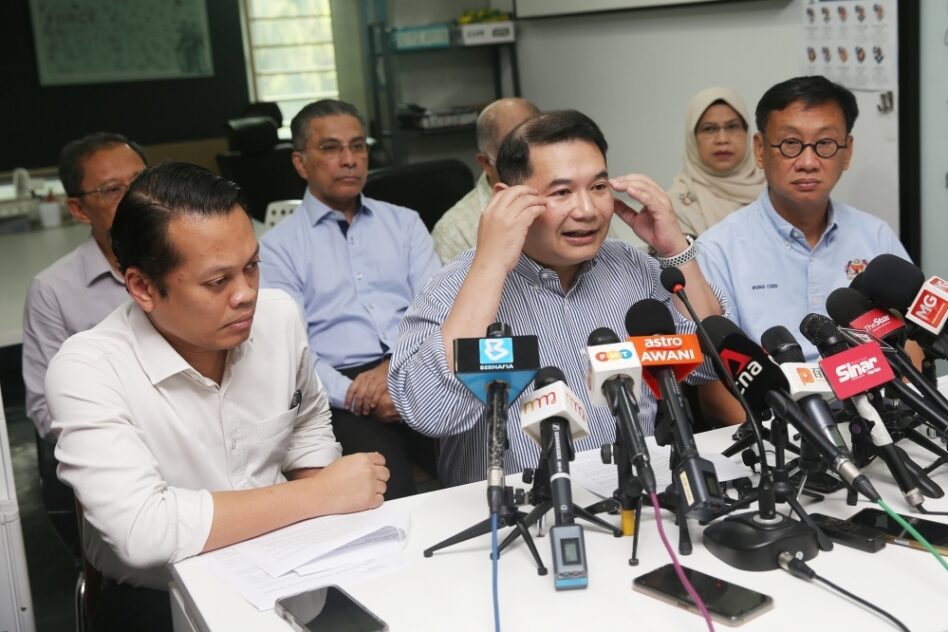THE recent re-imposition of the movement control order (MCO 2.0) coupled with the declaration of a state of Emergency is very likely to pose adverse impact on international travel, thus affecting the profits and margins of the aviation sector.
While 3Q 2020 has shown some positive signs of domestic air travel recovery, the situation turned sour towards the final quarter as Malaysia experienced a third wave of COVID-19 since September.
With only domestic travel allowed amid restricted conditions, Hong Leong Investment Bank (HLIB) Research does not anticipate a smooth recovery to international air travel in the near term.
“With the lower international travel mix, both airlines and airport operators will lose out as international travel command higher spending power and operational leverage, and hence higher margins,” justified analyst Daniel Wong in a sector update.
“Moreover, domestic based airlines will have to operate competitively just for a piece of the now smaller domestic segment (given the limited flight opportunity for international segment).”
Very broadly, the aviation sector has been severely affected by COVID-19 last year with many countries implementing social distancing measures, lockdowns and border closures that resulted in a significant restrain on air travel.
At the moment, domestic-based airlines are facing profitability and cash flow liquidity issues that led to a drastic drop in air passenger traffic (2020: -75.5% year-on-year [yoy]).
All the airlines are currently undertaking restructuring exercises involving cost-cutting (including retrenchment/furlough/lower salary), renegotiating with suppliers, requesting for debt haircut and raising new funds (equity and borrowings) in order to survive this difficult period.
“While MAVCOM (Malaysian Aviation Commission) has projected a few scenarios, we believe the overall outcomes are relatively negative to the aviation sector as these scenarios highlighted the severe degree of impact to the sector within one year (or less),” opined HLIB Research.
“As we expect continued limited demand for air travel in the near term in 2021, the sector will continue to face liquidity risk and subsequently liquidation risk without any support from the Government.”
Additionally, the research house is also wary over a rebound in the cost of jet fuel to a potential average of US$58-60/barrel in 2021 in tandem with projected average Brent crude oil price of US$55/barrel.
“Jet fuel cost historically constitutes circa 40% of AirAsia Group Bhd’s operating cost structure,” suggested Wong. “Hence, operation costs of airlines will be affected by higher jet fuel costs in 2021.”
However HLIB Research is mixed over the prospect of the ringgit’s appreciation against the greenback and euro of late to both the airlines and airport operator.
While a stronger ringgit is overall positive to airlines (i.e. AirAsia and AirAsia X Bhd) given 40-60% of their operating costs is denominated in the US dollar, Malaysia Airport Holdings Bhd (MAHB) will recognise lower translated expected losses in ringgit term from its wholly-owned Istanbul Sabiha Gocken International Airport (ISGA) (denominated in euro).
For now, HLIB Research is sticking to its “sell” rating for both AirAsia (target price: 37 sen) and MAHB (TP: RM4.65). – Jan 15, 2021









